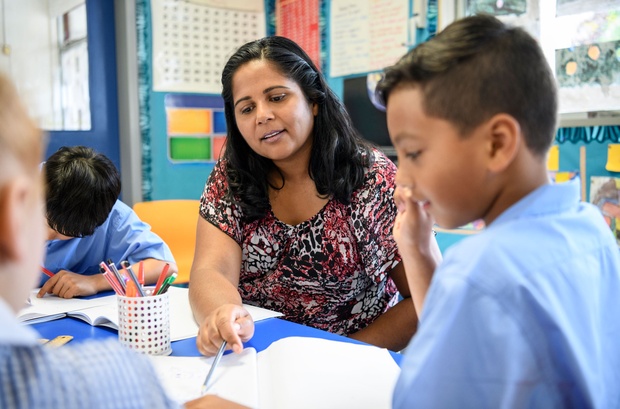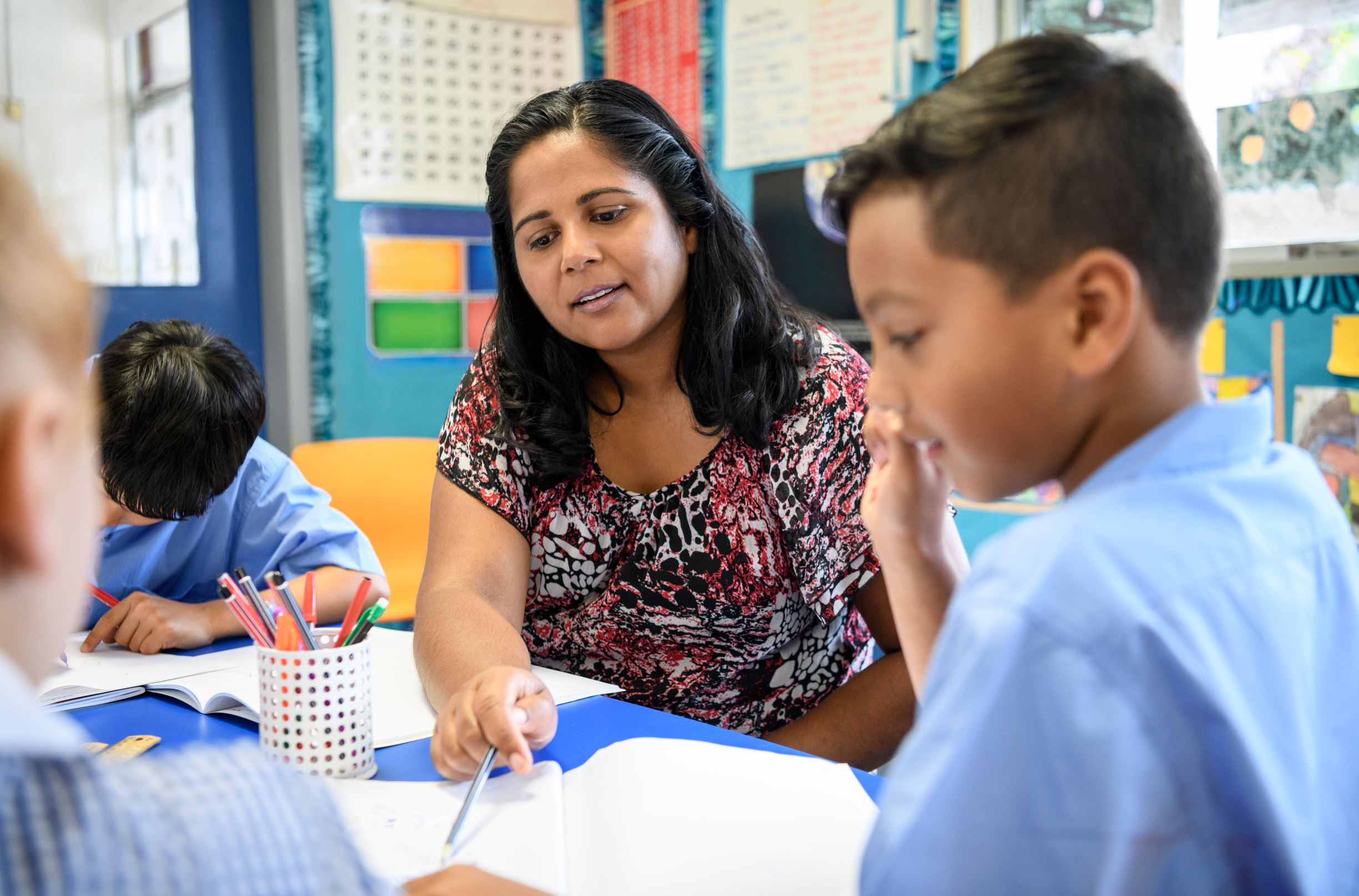System leaders in all states and territories are negotiating the next National School Reform Agreement to take effect from December 2024.
The Federal Education Minister, Jason Clare, has committed to achieving a ‘fairer’ education system, including getting every school to 100 per cent of its minimum funding level, as well as improving equity for students most at risk of falling behind.
We need to do much more to tackle inequality. Students from priority equity cohorts are three times more likely to fall below the minimum standards at a given grade-level.
This includes children from low socio-economic backgrounds, regional and remote Australia, First Nations students, students with disability and students from a language background other than English.
The good news is that we know what needs to be done. What works for students experiencing disadvantage is similar to what works for all students.
Evidence-based curriculum resources are the foundation for effective teaching and helping all students to learn.
High-quality curriculum resources are important, especially for students experiencing disadvantage, given students who arrive at school with lower vocabulary and background knowledge can become lost when they don’t understand the words used in class.
Curriculum resources which support teachers to explicitly teach a wide range of vocabulary and deep explanations of concepts can help every student to engage and learn.
Yet governments have underestimated the support schools need to access and use high-quality curriculum resources. A 2023 Grattan Institute report of 7,000 teachers and school leaders across the country found that only 15 percent of teachers say they have access to a common bank of high-quality curriculum materials for all their classes.
Teachers in schools serving disadvantaged communities are only half as likely to have access to a shared bank as teachers in schools with many advantaged students.
Schools serving disadvantaged communities can face extra pressures that make it harder to focus on high-quality curriculum, with challenges related to student wellbeing, higher rates of staff turnover and teachers working out-of-field.
Various state and territory governments are taking active steps to improve curriculum support for teachers, but much more innovation and effort is required.
Australia can look internationally for innovative success stories. For example, the nonprofit Expeditionary Learning (EL) Education in the US has provided teachers with high-quality, free, detailed lesson-by-lesson materials along with training and professional learning.
A five-year study showed demonstrated improvements in student outcomes in 18 diverse school districts.
Closer to home, a new $1.6 million pilot program announced on Monday by Ochre Education, an Australian education not-for-profit, is a step in the right direction.
Ochre’s new three-year program, Advancing Curriculum for Equity (ACE), funded through a partnership with the Paul Ramsay Foundation (PRF), will undertake research with priority equity school leaders and teachers on what supports help them to access, adapt and use evidence-based curriculum materials.
Ochre’s freely available resources, of over 2,500 lessons to date, are already being accessed by over 75 per cent of Australian schools, but the pilot will examine why priority equity schools still find it harder to take-up high-quality resources and how teachers can be better supported to use them.
If we truly want an education system that drives change to inequity, we must focus on the details of the daily instructional experience of our students. High-quality curriculum can help to create a level playing field and ensure that every child can succeed.














